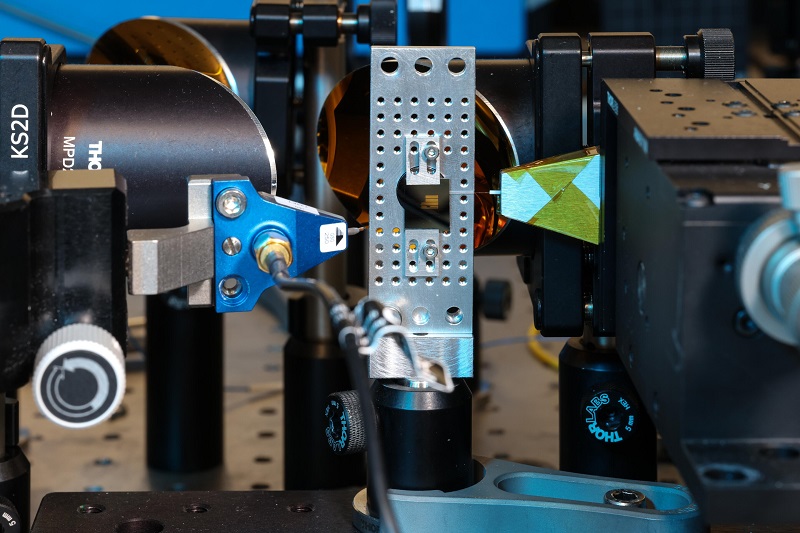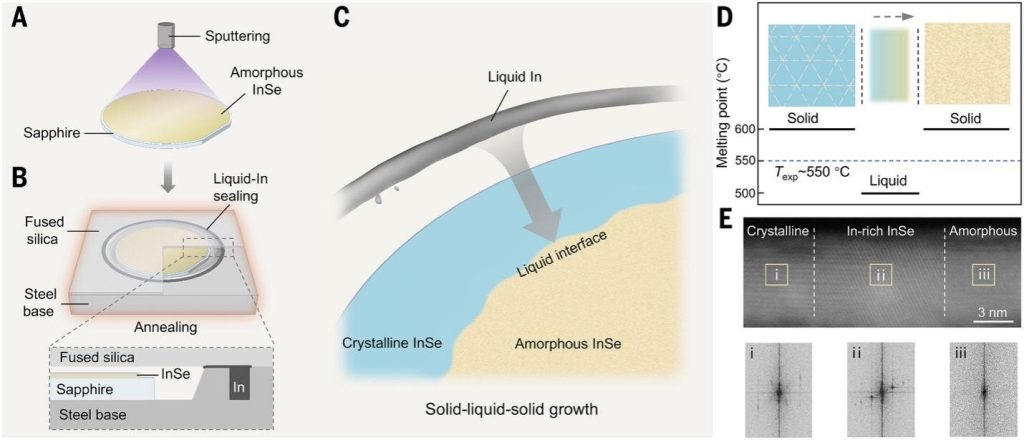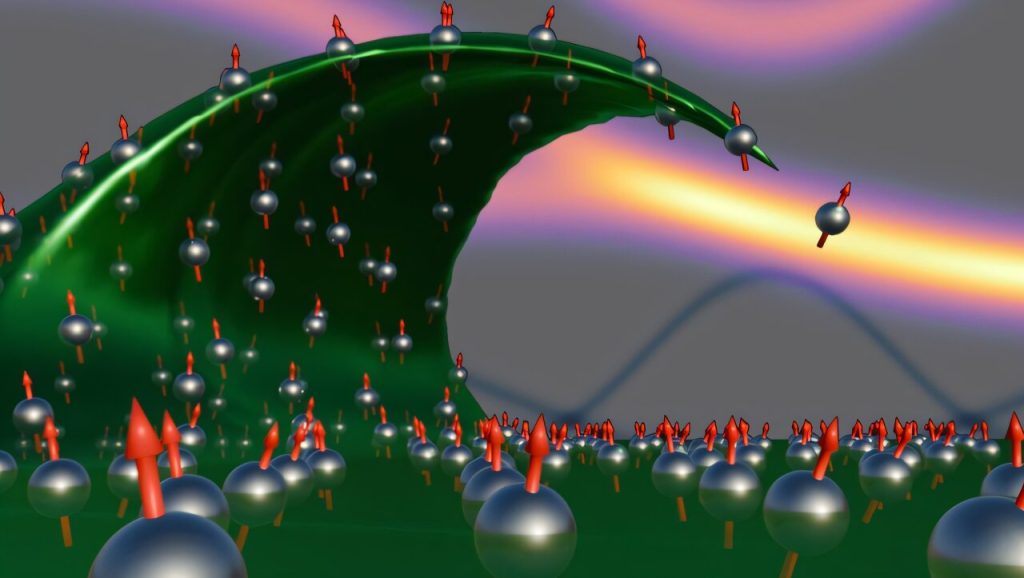A team of researchers from EPFL in Switzerland and Harvard University has developed a powerful new chip that could revolutionize the way we transmit...
Vous n'êtes pas connecté
 - KNOWRIDGE.COM - A La Une - 06/Aug 00:05
- KNOWRIDGE.COM - A La Une - 06/Aug 00:05
Scientists build tiny chip to supercharge future wireless networks
A team of researchers from EPFL in Switzerland and Harvard University has developed a powerful new chip that could revolutionize the way we transmit and receive data. This mini device can convert signals between terahertz (THz) and optical frequencies, paving the way for lightning-fast communication systems and advanced sensing technologies. The breakthrough was recently published […] The post Scientists build tiny chip to supercharge future wireless networks appeared first on Knowridge Science Report.
Articles similaires
Hybrid chip enables two-way conversion between terahertz and optical signals for ultrafast communications
Researchers at EPFL and Harvard University have engineered a chip that can convert between electromagnetic pulses in the terahertz and optical ranges...
Tiny tech, big impact: How new devices could power the future of 6G
As our phones and smart devices keep getting faster and more connected, the airwaves that carry their signals—known as the wireless spectrum—are...
Tiny tech, big impact: How new devices could power the future of 6G
As our phones and smart devices keep getting faster and more connected, the airwaves that carry their signals—known as the wireless spectrum—are...
Silicon’s successor? New golden chip breakthrough shatters records
In a major step forward for future electronics, scientists in China have created a new type of high-performance semiconductor that could replace...
Smarter, smaller, and more efficient: MIT’s new chip could power the future of wireless devices
Researchers at MIT and other universities have developed a tiny, flexible chip that could make wireless devices much more energy efficient. This new...
Smarter, smaller, and more efficient: MIT’s new chip could power the future of wireless devices
Researchers at MIT and other universities have developed a tiny, flexible chip that could make wireless devices much more energy efficient. This new...
Harvard’s ultra-thin chip could revolutionize quantum computing
New research shows that metasurfaces could be used as strong linear quantum optical networks This approach could eliminate the need for waveguides and...
Scientists watch magnetic waves dance at the nanoscale for the first time
For the first time ever, scientists have been able to directly observe spin waves—tiny ripples of magnetism known as magnons—at the nanoscale....
Scientists watch magnetic waves dance at the nanoscale for the first time
For the first time ever, scientists have been able to directly observe spin waves—tiny ripples of magnetism known as magnons—at the nanoscale....
Les derniers communiqués
-
Evergreen Elevate Heads to Australia to Empower MSPs with Valuable Strategies and Insights on Better M&A Practices
Evergreen Elevate - 29/07/2025




